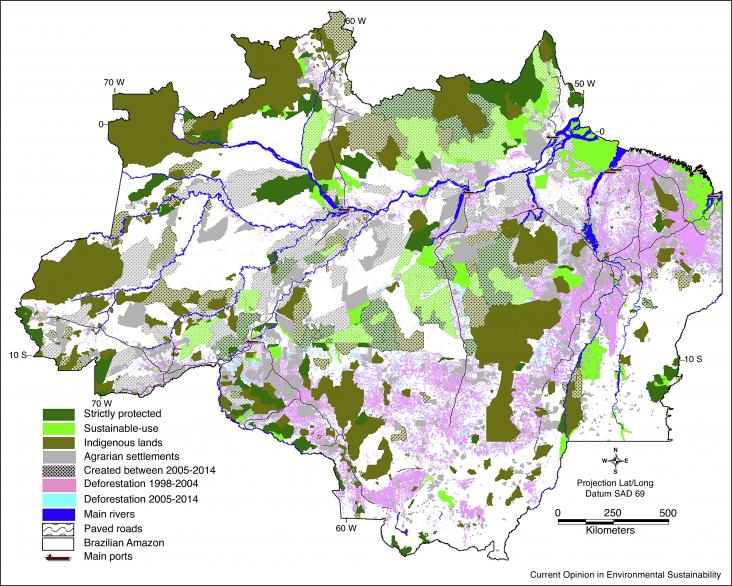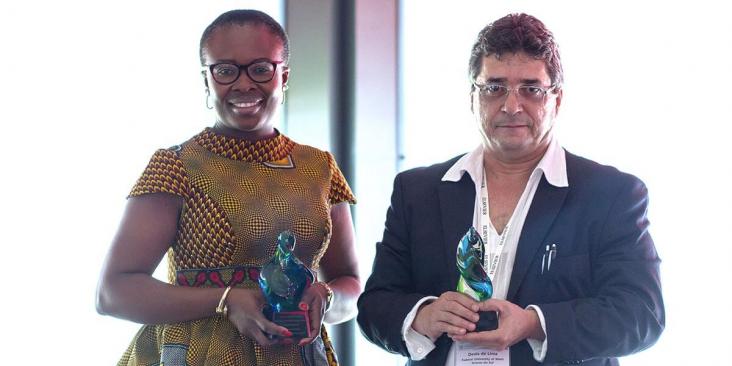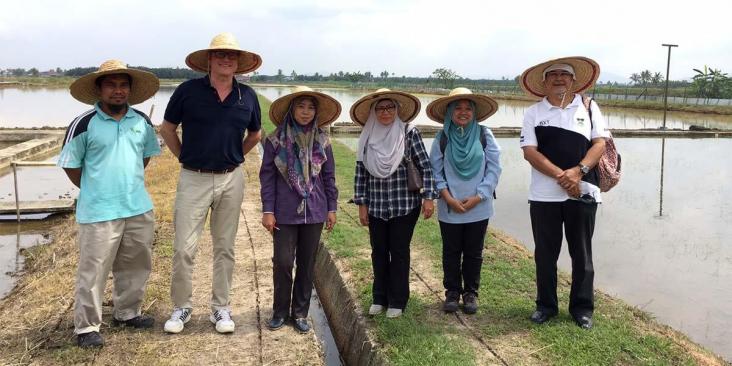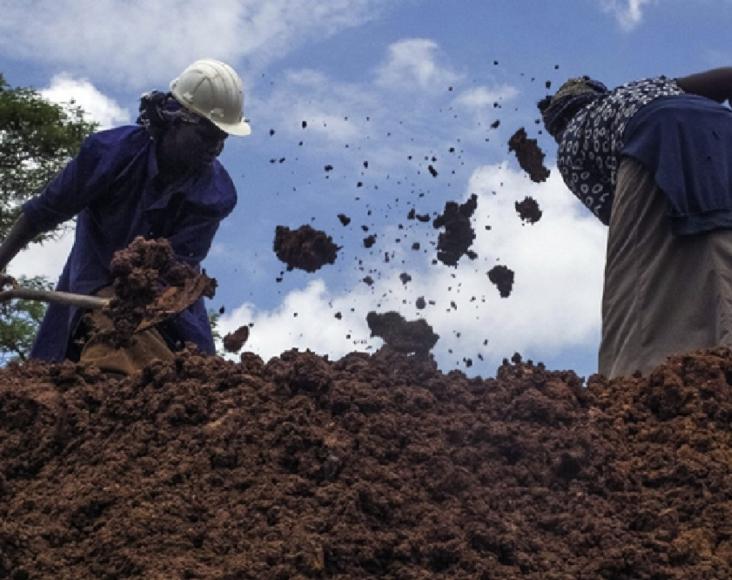As an extension of a previous work (Chen and Han, 2015a), this study explored the arable land use of the world economy from source of exploitation to sink of final consumption via the global supply ch
Background Mental illness is one of the most rapidly increasing causes of long-term sickness absence, despite improved rates of detection and development of more effective interventions.
We put to work recent efforts to decolonise trauma theory in the context of our experience of writing and performing in the Philippines our testimonial theatre play about Canada's Live-In Caregiver

The Brazilian Amazon is being affected by the new worldwide geopolitical transformation that is tending towards an integrated global economy.
The study presents comparative global evidence on the transformation of economic growth to poverty reduction in developing countries, with emphasis on the role of income inequality.

This article highlights the winning proposals of the second edition of the Elsevier Foundation Green & Sustainable Chemistry Challenge. The winning proposals were chosen for their innovative green chemistry aspects and their large positive impact on the environment, contributing to SDGs 3, 8, 13 and 15.

This article highlights one of the winning proposals of the Elsevier Foundation Green & Sustainable Chemistry Challenge - “Biopesticides for improved paddy yield” - led by researcher Dr. Suzana Yusup. Her work shows how bio-pesticides can be safer and more effective than traditional pesticides, contributing to SDGs 8, 12, 13 and 15.
Sustainability theory shows that the sustainability problem is a value orientation problem.

